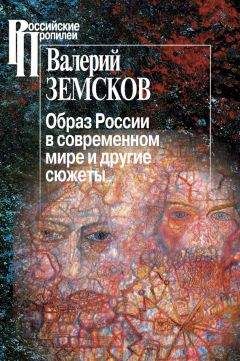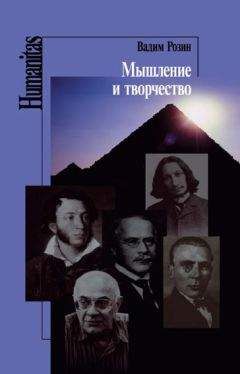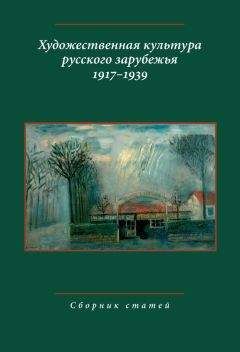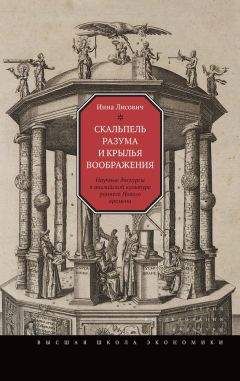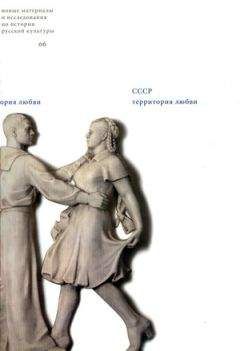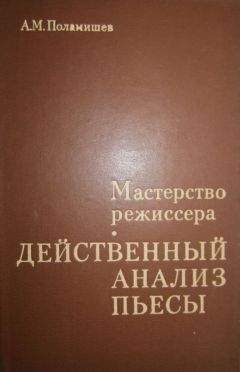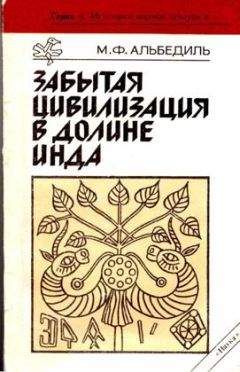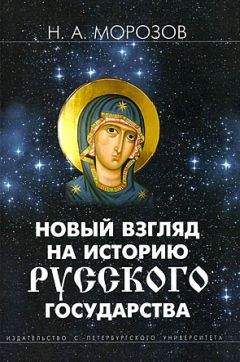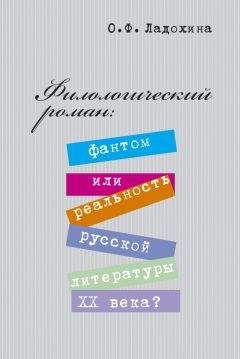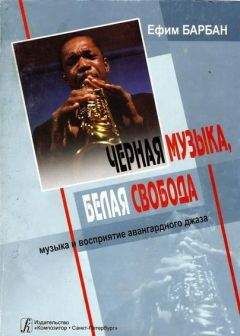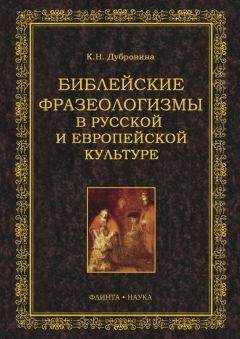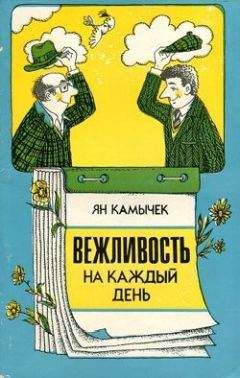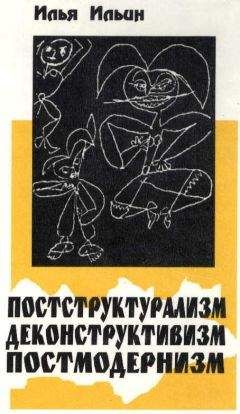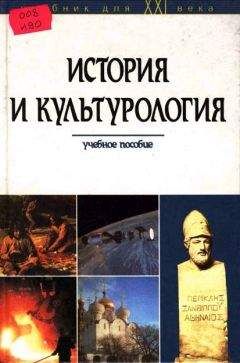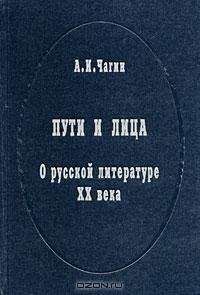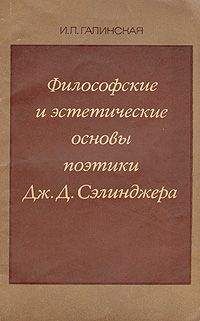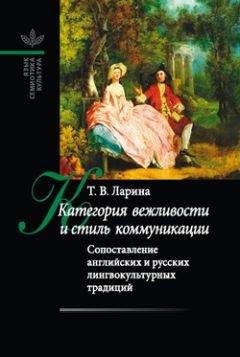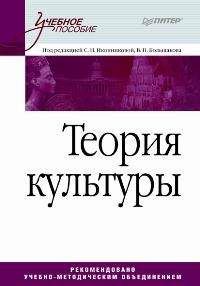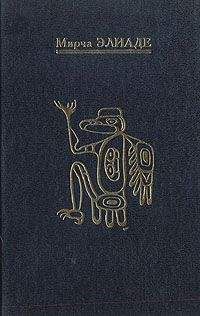Марк Липовецкий - Паралогии

Скачивание начинается... Если скачивание не началось автоматически, пожалуйста нажмите на эту ссылку.
Жалоба
Напишите нам, и мы в срочном порядке примем меры.
Описание книги "Паралогии"
Описание и краткое содержание "Паралогии" читать бесплатно онлайн.
Новая книга М. Липовецкого представляет собой «пунктирную» историю трансформаций модернизма в постмодернизм и дальнейших мутаций последнего в постсоветской культуре. Стабильным основанием данного дискурса, по мнению исследователя, являются «паралогии» — иначе говоря, мышление за пределами норм и границ общепринятых культурных логик. Эвристические и эстетические возможности «паралогий» русского (пост)модернизма раскрываются в книге прежде всего путем подробного анализа широкого спектра культурных феноменов: от К. Вагинова, О. Мандельштама, Д. Хармса, В. Набокова до Вен. Ерофеева, Л. Рубинштейна, Т. Толстой, Л. Гиршовича, от В. Пелевина, В. Сорокина, Б. Акунина до Г. Брускина и группы «Синие носы», а также ряда фильмов и пьес последнего времени. Одновременно автор разрабатывает динамическую теорию русского постмодернизма, позволяющую вписать это направление в контекст русской культуры и определить значение постмодернистской эстетики как необходимой фазы в историческом развитии модернизма.
Постмодернистскую, конечно.
Литература
1. Новый «московский» стиль. «Москва» Владимира Сорокина и Александра Зельдовича и «Культура 2» Владимира Паперного: попытка сравнительного чтения // Искусство кино. 1998. № 2. С. 87–101.
2. Голубое сало поколения // Знамя. 1999. № 11. С. 207–216.
3. С/3 и пустота (рец. на фильм «Москва») // Искусство кино. 2001. № 2. С. 57–61.
4. Леонид Гиршович и поэтика необарокко // Новое литературное обозрение. 2002. № 57. С. 220–237.
5. Аллегория письма: «Случаи» Даниила Хармса // Новое литературное обозрение. 2003. № 63. С. 123–52.
6. Post-Soc: Transformations of Socialist Realism in the Popular Culture of the Recent Period // Slavic and East European Journal. Special Forum Issue «Innovation Through Iteration: Russian Popular Culture Today» 2004. Fall. 48:3. P. 356–377.
7. Дело в шляпе, или Реальность Рубинштейна // Рубинштейн Лев. Погоня за шляпой. М.: Новое литературное обозрение. 2004. С. 7–26.
8. Война дискурсов: Культурная нарратология «Лолиты» Набокова // The Amsterdam International Journal of Cultural Narratology. 2005. Spring. № 1.
9. «Присутствуя, насколько позволяет отсутствие» // Брускин Гриша. Подробности письмом. М.: Новое литературное обозрение. 2005. С. 487–518.
10. Театр насилия в обществе спектакля: Философские фарсы братьев Пресняковых // Новое литературное обозрение. 2005. № 73. С. 244–278.
11. Кто убил Веничку Ерофеева? // Новое литературное обозрение. 2006. № 78. С. 210–221.
12. В гнезде «Кукушки» // Искусство кино. 2006. № 4.
13. Письмо сквозь террор: «Египетская марка» О. Мандельштама // The Imprints of Terror: The Rhetoric of Violence and the Violence of Rhetoric in Modern Russian Culture / Ed. by A. Brodsky, M. Lipovetsky, S. Spieker // Wiener Slawistischer Almanach. Sonderbänd 64. Wien; München, 2006. S. 149–166.
Summary
Mark Lipovetsky’s Paralogies presents a theoretical and historical reinterpretation of Russian postmodernism. Emerging in part from his earlier study, Russian Postmodernism: Essays on Historical Poetics (1997), this new work inscribes Russian postmodernism into the history of Russian modernism. Lipovetsky makes the argument that Russian postmodernism is historically situated not after modernism, as one would assume from a literal reading of the post prefix, but instead exists within the complicated and dramatic history of modernism, which, along with the entire project of modernity, is very far from completion.
Paralogies consists of three sections: «Metamorphoses of Modernism,» «Conceptualism and Neo-Baroque,» and «Late Postmodernism.» Each part focuses on texts from different periods of Russian cultural history: the first discusses prepostmodernist shifts in modernist literature of the 1920s-1930s; the second part outlines the development of postmodernism from the late 60s to the late 90s; and the third concentrates on recent transformations of postmodernism in the culture of the 2000s. Each part is constructed as a micro-monograph comprising a theoretical chapter and detailed analytical essays on the most representative texts of the period. Lipovetsky believes that only detailed analysis of literary texts can validate theoretical hypotheses. A distinctive feature of his analytical style is consequently close attention to the aesthetic sensibilities and language of the individual authors. From these chapters, the reader learns, for example, what unifies all thirty «accidents» in Daniil Kharms’ eponymous cycle, why Humbert Humbert was defeated in his struggle for Lolita, who killed Venichka Erofeev, the protagonist of Moscow to the End of the Line; what plots unfold in Lev Rubinshtein’s poetic catalogues; what «generation PS» and «Post-Sots» are; how Akunin’s mystery novel is constructed; and what the «new non-fiction» and the «New Drama» comprise.
The book’s title employs the term «paralogy,» a word coined by J.-F. Lyotard which denotes the kind of reasoning beyond the limits of rational thinking that justifies its findings through paradox, oxymoron, and performance. Lipovetsky maintains that Russian culture of the twentieth century shaped a new kind of representation, a paralogical mechanism he terms «explosive aporia.» The book’s first chapter, «Paralogical discourse» provides a theoretical discussion of this cultural mechanism, which had formed in Russian modernism of the late 1920s-30s and was later developed in postmodernist writings of the 1960s-2000s. Lipovetsky argues that the transformations of Russian modernism towards postmodernism are driven by the simultaneous confrontation of two large-scale cultural paradigms (which contemporary scholarship frequently does not distinguish): logocentrism based on the dominance of the rational over irrational and unconscious; and literature-centrism, a typical East-European phenomenon, which assigns fundamental significance to the irrational — emotional and (quasi) religious — experience. «Explosive aporia» emerges as a cultural hybrid of the emphasized binarity of Russian cultural rhetoric derived from literature-centrism (according to Yurii Lotman and Boris Uspensky) and the deconstruction of binary oppositions (the foundation of logocentrism) inherent to the postmodernist way of thinking. As a result, in many Russian texts gravitating toward postmodernism, binary opposition is transformed into an unstoppable oscillation of meaning between opposite poles. That this process remains unresolved is what, in Lipovetsky’s opinion, distinguishes Russian postmodernism from its Western counterparts. Russian postmodernist texts do not playfully neutralize the conflict, but instead preserve it in the space of discursive explosions.
In Paralogies Lipovetsky outlines the logic of historical development of the aesthetics based on explosive aporias. Part One, «Metamorphoses of Modernism» provides detailed readings of Osip Mandelstam’s Egyptian Stamp (1927), Daniil Kharms’ Accidents (1933–39), Konstantin Vaginov’s The Days and Nights of Svistonov (1928), and Vladimir Nabokov’s Lolita (1955). Each of these texts is interpreted as the deconstruction of a foundational category of modernist aesthetics: history in Mandelstam, the author in Vaginov, writing/creativity in Kharms, and the other in Nabokov. All these categories are removed by the writers from their privileged or marginal position in the cultural oppositions of modernist discourse, and transformed into aporias producing endless chains of aesthetic, stylistic, and philosophic explosions.
Part Two, «Conceptualism and Neo-Baroque» begins with a chapter summarizing the phenomena of modernist metamorphoses in the 1920s-30s in the form of a theoretical model of postmodernist rhetoric. «Explosive aporias» manifest themselves through the system of iterations contouring the «empty center» of the discursive, narrative, and semantic structure of the postmodernist literary text. The various interactions between the empty center and iterations gravitating either towards a mock ritual or towards the intertextual labyrinths of cultural references (a dynamic image of the world culture) produce the two main trends of Russian postmodernism: conceptualism and the neo-baroque. The development of these trends is traced through the analysis of seminal works of Russian postmodernism: Moscow to the End of the Line by Venedikt Erofeev, «poetry on index cards» of Lev Rubinshtein, the novels of Viktor Pelevin, Vladimir Sorokin, Tatyana Tolstaya’s Kys’ (Slynx in English translation), and Leonid Girshovich’s Prais.
Part Three, «Late Postmodernism» engages the now widespread assumptions about «the end of postmodernism,» arguing that postmodernism continues to dominate the post-soviet cultural scene, even under the conditions of the «neo-traditionalist turn» of the Putin period (as defined by Boris Dubin and Lev Gudkov). However, in the new socio-cultural situation, postmodernism undergoes radical changes as it enters the phase defined by Douwe Fokkema as «late postmodernism.» According to Fokkema, this phase in postmodernist development is defined by its focus on issues of identity, its (de)construction and problematization. These issues acquired special intensity in the culture of the Putin period, with its emphasis on national pride and the persistent production of the enemy imagery and rhetoric, «negative identification» and attempts to restore the past «grand narratives.» Characteristically, postmodernism in this period is adopted by popular neo-traditionalist discourses, resulting in the production of simulacra of ‘grand narratives,’ as this phenomenon is termed in Paralogies as «Post-Sots» and illustrated by the analysis of Alexey Balabanov’s films Brother-2 and War. Yet postmodernist involvement in these processes is not limited by Post-Sots. In a more general sense, «late postmodernism» generates the transformation of «explosive aporia» into «explosive hybrid» — still conflicting yet more stable models of identity. Lipovetsky explores these models through the analysis of such phenomena as Vladimir Sorokin and Alexander Zeldovich’s film Moscow (2001) as a foreshadowing of the neo-traditionalist turn and its dead-ends; the strategy of styob as the ironic adoption and simultaneous deconstruction of post-soviet «negative identities» as exemplified by the action-performatist group Blue Noses; contemporary myth-making based on the hybridization of traditionalist and (post)modernist identities, as reflected in Vladimir Sorokin’s «ice trilogy» and Viktor Pelevin’s The Sacred Book of a Werefox; through contemporary forms of autobiographical narratives (Lev Rubinshtein and Grisha Bruskin); through figures of mediators seeking a compromise between pre- and postmodern concepts of identity in Boris Akunin’s mystery novels and in Alexander Rogozhkin’s film The Cuckoo; through the role of violence in the contemporary rhetorics of identity exposed and investigated by the «New Drama,» and especially in the Presnyakov brothers’ philosophical farces. Despite the diversity of these strategies, the nexus of all covert and overt paralogies in post-soviet «late postmodernism» is invariably situated in the plot-line of the other. Its development (or the lack thereof), Lipovetsky concludes, will define not only the vectors of evolution for Russian postmodernism, but also the outcome of the explosive relationship between the neo-traditionalist and (post)modernist versions of identity-construction in post-soviet Russia.
Примечания
1
В настоящее издание вошли некоторые фрагменты из «Русского постмодернизма» (см. главы о Набокове и Вен. Ерофееве), но ни один из них не остался таким же, как был, — по ходу работы оказалось, что новая структура и новые задачи влияют и на детали конкретного анализа.
2
Lyotard Jean-Francois. The Postmodern Condition: A Report on Knowledge / Transl. from French by Geoff Bennington and Brian Massumi. Manchester, 1984. P. 60. Здесь и далее переводы цитат, если иного не оговорено, мои. Я использую (как и во многих других цитатах, приводимых далее в этой книге) английский вариант в качестве источника, поскольку в существующем русском переводе этого фрагмента с французского, на мой взгляд, упущены некоторые важные нюансы.
3
Lyotard Jean-Francois. The Postmodern Condition: A Report on Knowledge. P. 61.
4
Лиотар Ж.-Ф. Ответ на вопрос: что такое постмодерн? / Пер. с франц. А. Гараджи // Ad Marginem ‘93. Ежегодник. М.: Ad Marginem, 1994. С. 79.
5
См.: Хабермас Ю. Модерн — незавершенный проект // Вопросы философии. 1992. № 4. Речь, ставшая основой для статьи, была произнесена в 1980 году при получении Хабермасом Премии им. Теодора Адорно; первая публикация текста: Habermas J. Kleine politische Schriften I–IV. Frankfurt а. М., 1981. S. 444–464.
6
См.: Eshelman R. Early Soviet Postmodernism. Frankfurt a.M.; Berlin; Bern; New York; Paris, Wien: Peter Lang Publ., 1997.
7
См.: Tucker R. Stalinism: Essays in Historical Interpretation. N.Y.: Oxford University Press, 1985. P. 90–99.
8
См.: Cohen S. Rethinking Soviet Experience. N.Y.: Oxford University Press, 1985.
Подписывайтесь на наши страницы в социальных сетях.
Будьте в курсе последних книжных новинок, комментируйте, обсуждайте. Мы ждём Вас!
Похожие книги на "Паралогии"
Книги похожие на "Паралогии" читать онлайн или скачать бесплатно полные версии.
Мы рекомендуем Вам зарегистрироваться либо войти на сайт под своим именем.
Отзывы о "Марк Липовецкий - Паралогии"
Отзывы читателей о книге "Паралогии", комментарии и мнения людей о произведении.





